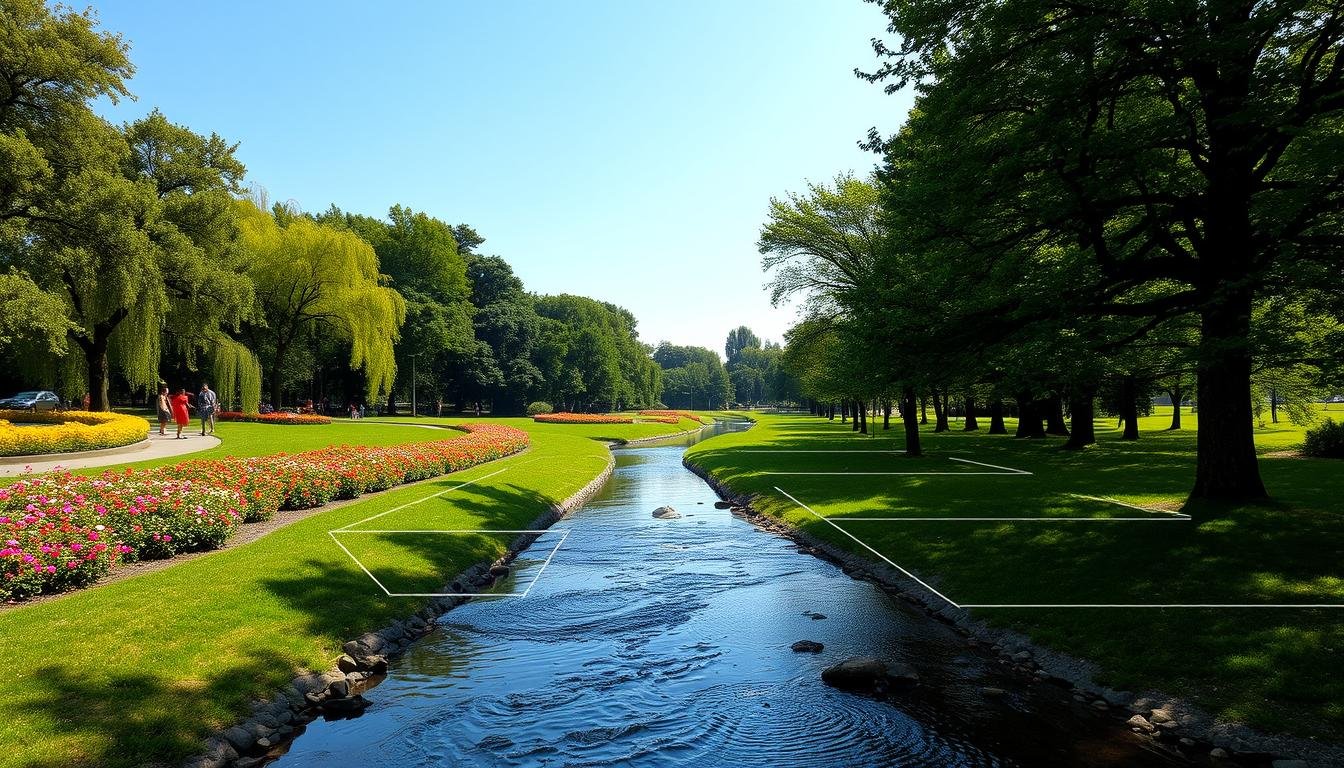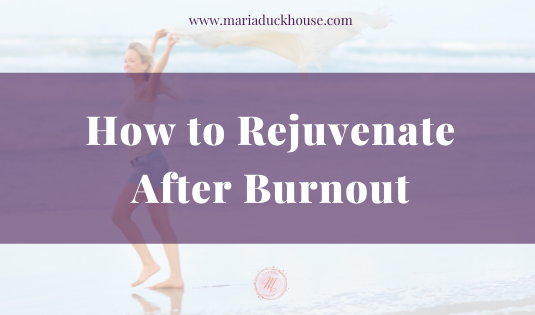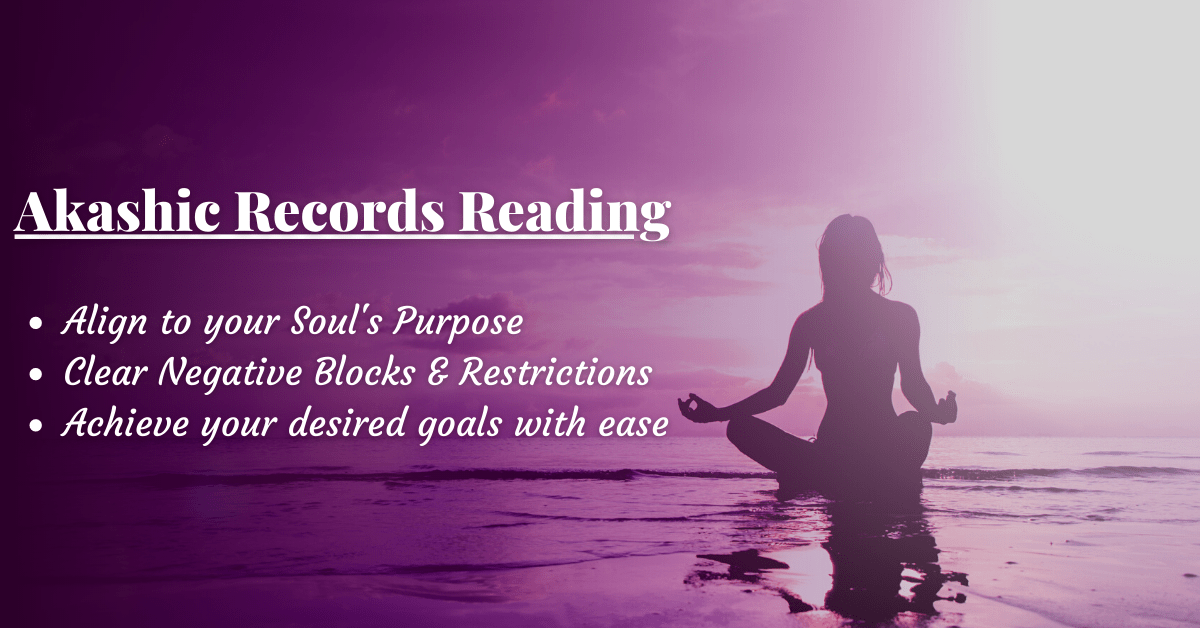Setting boundaries is key in your life. Dr. Georgina Adiza Horton says it’s vital for your well-being. It helps you balance work and self-care, making life better.
It’s not about making walls. It’s about knowing your limits and telling others. This helps you have a healthy life.
Remember, setting boundaries means looking after yourself. You need to set limits that suit you. This reduces stress and boosts your mental health.
It keeps your time and energy safe. This leads to better health at work and home. Knowing the difference between hard and soft boundaries is important.
Key Takeaways
- Setting boundaries is essential for maintaining personal and professional well-being
- Establishing limits helps protect your time, energy, and mental health
- Maintaining personal space is key for prioritising your needs and relieving stress
- Understanding the difference between hard and soft boundaries is key to managing energy effectively
- Setting boundaries can help reduce time spent on activities that drain energy and enhance productivity, creativity, and restfulness at work and home
- Developing boundaries is akin to building new habits around work and home life, which can be challenging yet vital for overall well-being
Understanding the Fundamentals of Setting Boundaries
Personal boundaries are limits that keep you separate from others. They help you know what you’re okay with and what you’re not. By setting these limits, you protect your feelings and define what’s right for you.
Studies show families can have different types of boundaries. Clear boundaries help everyone feel heard and understood. But, rigid boundaries can make people feel alone. Open boundaries can make it hard to know who you are.
What Are Personal Boundaries?
Personal boundaries can be about space, feelings, thoughts, stuff, or time. They help you share your needs while respecting others. Setting boundaries means you take care of yourself and feel respected.
Why Boundaries Matter for Mental Health
Boundaries are key for your mental health. They stop you from getting too tired and stressed. Without them, you might feel overwhelmed and unhappy.
The Different Types of Boundaries
There are many types of boundaries:
- Physical boundaries: about your space and touch
- Emotional boundaries: about how you feel and share feelings
- Spiritual boundaries: about your beliefs and practices
- Intellectual/mental boundaries: about your thoughts and ideas
- Material/financial boundaries: about your things and money
- Time boundaries: about how you spend your time
Signs You Need Stronger Boundaries
Knowing when someone crosses your boundaries is key to feeling good. Dr. Neeti Kaushik says setting boundaries takes practice and bravery. You might need to enforce rules and use boundary-setting techniques to guard your time and energy.
If you always say yes and feel empty, or find it hard to say no without guilt, you might need stronger boundaries. This could mean setting or strengthening your limits.
Feeling drained, resentful, or used is a sign you need stronger boundaries. You might also find it hard to share your feelings or needs. Or, you might feel bad when you take time for yourself.
- Difficulty saying no to requests
- Taking on more tasks than you can handle
- Excessive apologizing
- Joining in unhealthy behaviors due to discomfort in setting boundaries
By spotting these signs and learning to say no when needed, you can set and keep healthy boundaries. This helps you focus on your needs, lowers resentment and frustration, and boosts your well-being. Remember, setting boundaries is not selfish. It’s about being aware of your needs and caring for yourself.
The Psychology Behind Healthy Boundary Setting
Understanding your personal limits is key when setting boundaries. You need to know your emotional and physical needs. This helps you set boundaries that work well for you.
Jack Canfield says, “Event + Response = Outcome.” This shows how important it is to choose how you react, like when setting boundaries. It lets you control your boundaries and decide how to interact with others.
To set healthy boundaries, you must know your core values. You also need to see when those boundaries are crossed. Here’s how:
- Know your personal limits and emotional needs.
- Find out what’s most important to you.
- Spot when someone crosses your boundaries and act to protect yourself.
Setting boundaries helps you avoid fights in relationships and makes you feel better. Remember, setting boundaries is not selfish. It’s about respecting your own needs and what’s important to you.
Common Barriers to Setting Boundaries
Many of us struggle to set boundaries because of common barriers. One big one is fear of being rejected or left. This fear stops us from saying what we need and want.
Another barrier is feeling guilty or ashamed. We might think setting boundaries is selfish. This makes us hesitate to set limits.
Unrealistic expectations are also a barrier. We might expect others to change or meet our needs without telling them. About 60% of single women and 70% of men have high expectations for their partners.
To beat these barriers, we need to face and challenge the myths that hold us back. We must protect emotional wellbeing by setting clear boundaries.
Some common barriers to setting boundaries include:
- Fear of rejection or abandonment
- Guilt or shame
- Unrealistic expectations
- Projecting stereotypes onto others
By understanding and overcoming these barriers, we can establish limits that support our emotional wellbeing. This helps us build stronger, healthier relationships.

Essential Techniques for Setting Boundaries at Work
Setting clear boundaries at work is key for a good work-life balance. You can do this by using boundary-setting techniques. These help you focus on what’s important and avoid too much work. Dr. Neeti Kaushik says saying no to things that don’t fit your goals or values is very important.
To keep your work time safe, set clear work hours. You might choose not to work more than 37.5 hours a week. Or, you might say no to working over 50 hours in a week. By telling others when you’re available, you can work better without interruptions.
Some important ways to set boundaries at work are:
- Prioritizing tasks that align with your career goals
- Practicing saying no to avoid overcommitment
- Establishing clear limits on work hours
- Communicating your boundaries effectively to colleagues and managers
Using these strategies helps you keep a good balance between work and life. It also makes you less stressed and more productive. Remember, setting boundaries is about being clear and focused in your work, not strict or inflexible.
Creating Personal Space in Relationships
When you’re in a relationship, keeping your own space is key. It helps you stay close and also have your own time. Dr. Georgina Adiza Horton says setting boundaries is like finding a balance. It’s not about cutting off others, but about taking care of yourself too.
Setting healthy boundaries helps you care for yourself while being with others. It’s about finding a middle ground that meets both your and your partner’s needs. This way, you avoid feeling overwhelmed and keep your emotions in check.
Here are some important things to think about when making your own space in a relationship:
- Talking about what you need and want clearly
- Valuing each other’s own interests and things
- Having time alone and your own space
By keeping your own space and setting good boundaries, you make your relationship stronger. It’s important to find a balance that suits you and your partner. Always talk about what you need and want.
Digital Boundaries in the Modern Age
It’s key to set digital boundaries to keep your emotional wellbeing safe. These boundaries aren’t just for physical and emotional spaces. They also apply to the digital world. Being careful with technology can help avoid digital burnout and boost your mental health.
Studies show that setting digital limits can really help your mental health. For example, kids aged 8 to 12 spend 4 to 6 hours daily on screens. Teenagers might spend up to 9 hours. The American Academy of Pediatrics recommends limits for older kids and teens.
Social Media Boundaries
To set social media limits, try these tips:
- Limit your social media use to specific times of the day
- Take regular breaks from social media
- Unfollow or mute accounts that negatively impact your emotional wellbeing
Email and Message Management
It’s important to manage your emails and messages well. Set times to check them and avoid it before bed. This helps keep your emotional wellbeing safe and improves sleep.
Screen Time Limits
Setting limits on screen time is vital for your emotional wellbeing. Set a daily limit and stick to it. Use apps or tools to track your time and get reminders to take breaks.
By setting digital boundaries, you can control your digital life and protect your emotional wellbeing. Remember, setting boundaries is a journey. Be patient and kind to yourself as you explore the digital world.
Communicating Your Boundaries Effectively
Setting boundaries is all about effective communication. You must be clear, direct, and kind. Saying “I” instead of “you” helps avoid blame and makes it easier for others to get it.
Being assertive and clear helps set boundaries that others respect. This leads to healthier and more balanced relationships.
To enforce rules and keep your boundaries, be consistent and kind. Use boundary-setting techniques like setting clear expectations and being specific. Remember, setting boundaries is about taking care of yourself and your relationships.
Here are some tips to help you communicate your boundaries well:
- Be clear and direct about your needs and limits
- Use “I” statements instead of “you” statements
- Be respectful and empathetic towards others
- Be consistent in enforcing your boundaries

Follow these tips and use boundary-setting techniques to set and keep healthy boundaries. This will make your relationships and well-being better. Be patient and kind to yourself and others as you work on this.
Maintaining and Reinforcing Your Boundaries
As you keep working on setting limits and personal space, remember that boundaries change. Dr. Georgina Adiza Horton says they can change with your life and what’s important to you. So, it’s okay to adjust them when you need to, but always be clear and firm.
Having a support system is key to keeping your personal space. This could be friends, family, or experts who get your boundaries. With people who respect your space, you can set and keep limits better.
Here are some ways to keep and strengthen your boundaries:
- Clearly tell others about your boundaries.
- Stick to your boundary rules.
- Take care of yourself to feel more worthy.
- Be ready to change your boundaries if needed.
By using these tips and staying true to your boundary goals, you’re on the right path. You’ll learn to establish limits and maintain personal space that truly fits your life and values.
Self-Care Practices That Strengthen Boundaries
Starting your journey to define personal boundaries means focusing on self-care. This helps you know your needs and limits better. Dr. Neeti Kaushik says self-care, like meditation, makes you more aware of yourself.
Here are some self-care ideas to help you:
- Meditation and mindfulness to increase self-awareness
- Journaling to process your thoughts and emotions
- Engaging in activities that bring you joy and help you relax
Self-care is not selfish. It’s key to setting and keeping healthy boundaries. Taking care of your emotional health makes you stronger and more ready for tough times.
Audra Lorde, a Black feminist poet, said self-care is a political act. It helps you protect emotional wellbeing and define personal boundaries. Adding self-care to your daily life helps you focus on your needs and keep boundaries healthy.
| Self-Care Practice | Benefits |
|---|---|
| Meditation and Mindfulness | Increases self-awareness, reduces stress and anxiety |
| Journaling | Processes thoughts and emotions, improves self-reflection |
| Engaging in Joyful Activities | Reduces stress, improves mood and overall wellbeing |
Overcoming Guilt When Setting Boundaries
When you start setting boundaries, you might feel guilty or worried. This feeling is normal. But remember, establishing healthy boundaries shows you love and respect yourself and others.
Understanding Emotional Responses
To beat guilt, know your feelings and how they affect setting boundaries. Recognizing and accepting your emotions is key to feeling confident in your choices.
Developing Confidence in Your Choices
As you get better at setting boundaries, you’ll learn to put your needs first. Remember, establishing healthy boundaries is not selfish. It’s needed for good relationships and personal growth. Being confident in your choices lets you share your boundaries clearly and without shame.
With time, setting boundaries will get easier, and guilt will lessen. It’s a journey, and it’s fine to take it slow. Be kind to yourself as you work on establishing healthy boundaries that help your mind, body, and spirit.
Conclusion: Embracing Your Right to Set and Maintain Healthy Boundaries
Setting and keeping healthy boundaries is a big change. It needs you to know yourself, be brave, and keep trying. By learning how to set and keep your space safe, you protect your time, energy, and feelings.
Remember, setting boundaries is not selfish. It’s a way to love and respect yourself. It helps you live a better, more real life. Start to set and maintain personal space for a happier, healthier you. With hard work and kindness to yourself, you can make boundaries that help you grow.
FAQ
What are personal boundaries?
Why do boundaries matter for mental health?
What are the different types of boundaries?
What are the signs that I need stronger boundaries?
What is the psychology behind healthy boundary setting?
What are the common barriers to setting boundaries?
How can I set boundaries effectively at work?
How can I create personal space in my relationships?
How can I set boundaries in the digital age?
How can I communicate my boundaries effectively?
How can I maintain and reinforce my boundaries?
How can self-care practices strengthen my boundaries?
How can I overcome guilt when setting boundaries?
Source Links
- How to Set Healthy Boundaries and Protect Your Space and Energy – Tiny Buddha
- A Guide to Setting Better Boundaries
- The Power of Saying No
- How to Set Healthy Boundaries
- The Basics of Setting Boundaries
- Friday Fix: 10 Signs You Need Better Boundaries
- 12 Signs You Need Better Boundaries
- Signs of Healthy Boundaries | What Is Codependency?
- On Boundaries: A therapist’s guide on setting healthy boundaries — Therapy With Olivia
- The Importance Of Setting Boundaries – Connecte Psychology
- Overcoming Barriers to Setting Boundaries
- Are You Setting Boundaries Or Barriers
- Setting healthy boundaries at work
- Setting Boundaries at Work: A Key to Well-Being
- How To Develop Personal Space in Relationships | WTG
- Setting Healthy Boundaries in Relationships
- Parenting in the Digital Era: Setting Boundaries for Screen Time
- Having a Strategy for Managing Technology
- 3 Kind, Simple & Effective Ways to Communicate Your Boundaries | Headspace
- How is Life Tree(ting) You?: Trust, Safety, and Respect – The Importance of Boundaries
- 10 Ways to Build and Preserve Better Boundaries
- 5 Steps to Creating and Maintaining Healthy Boundaries
- The Hard Truth About Boundaries And Self Care
- Setting Healthy Boundaries as a Form of Self-Care – Rocky Mountain MS Center
- How to Deal with the Guilt of Setting Boundaries
- Setting Boundaries Without Guilt—Is It Possible? – LA Concierge Psychologist
- The Importance of Setting Boundaries for Personal & Professional Growth
- The Role of Boundaries in Mental Health: How to Set and Maintain Them – KCW Psychological Services





